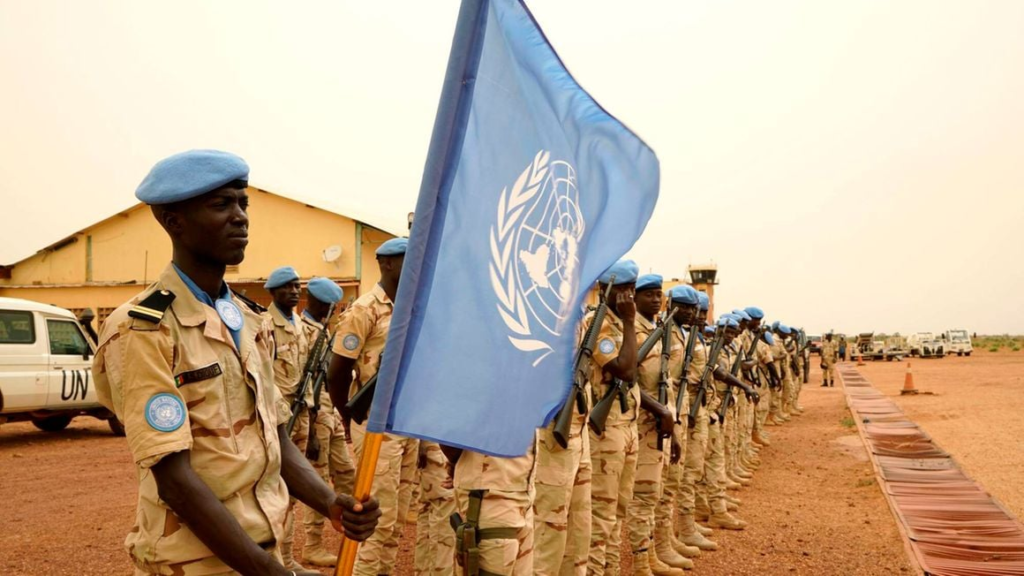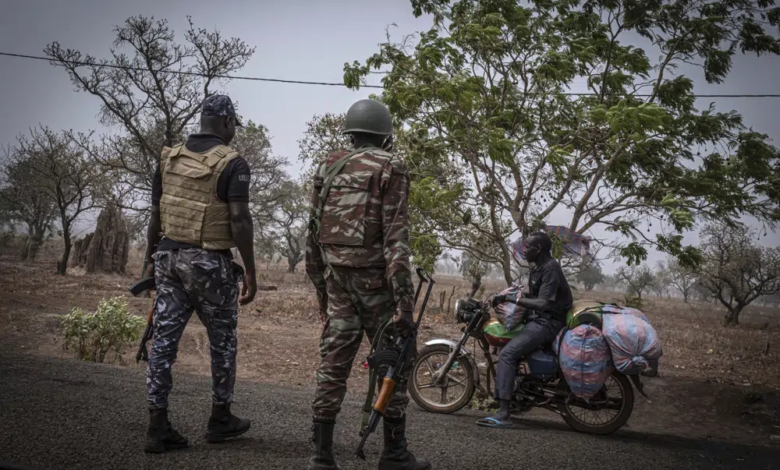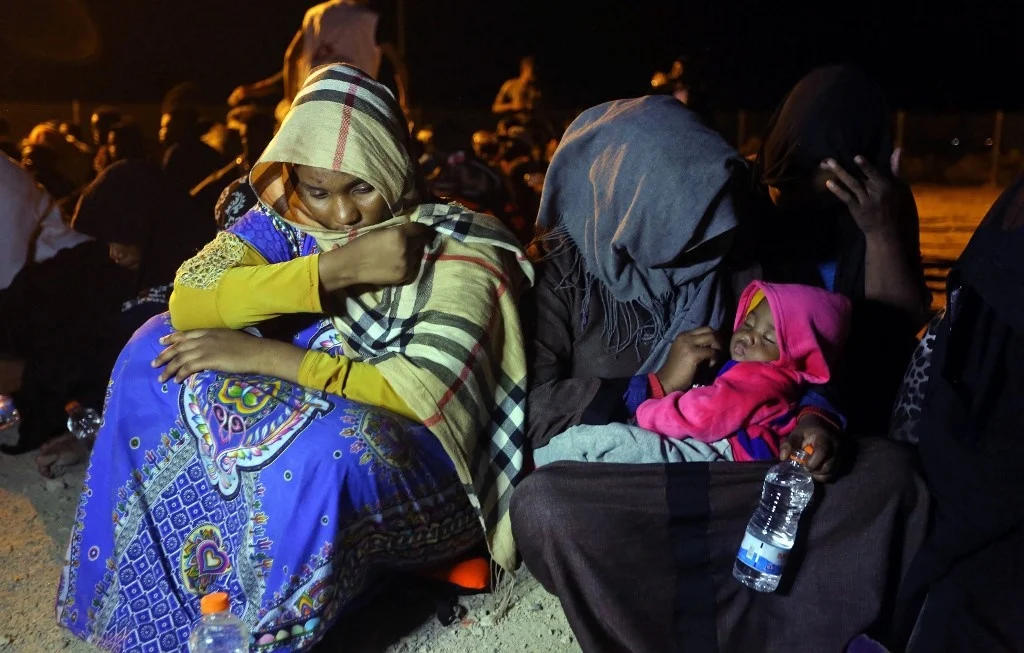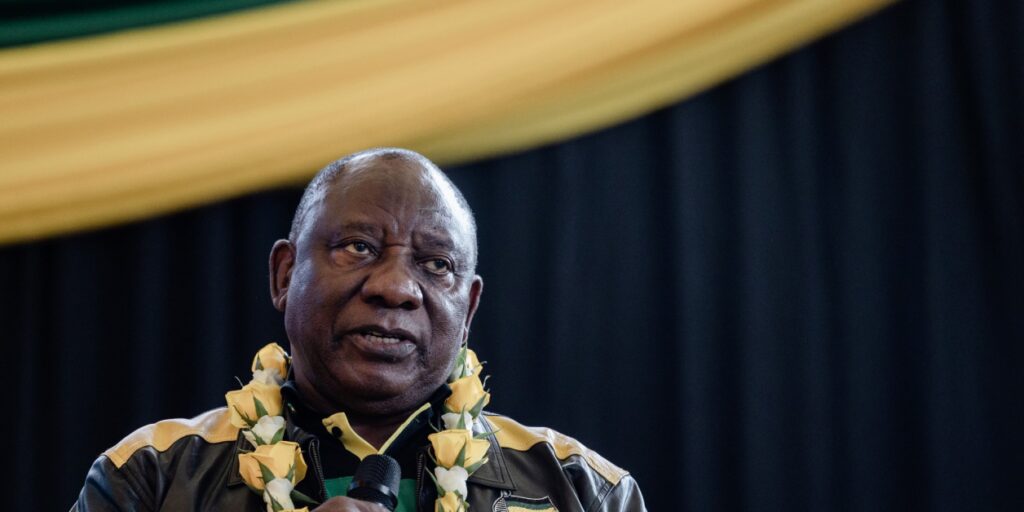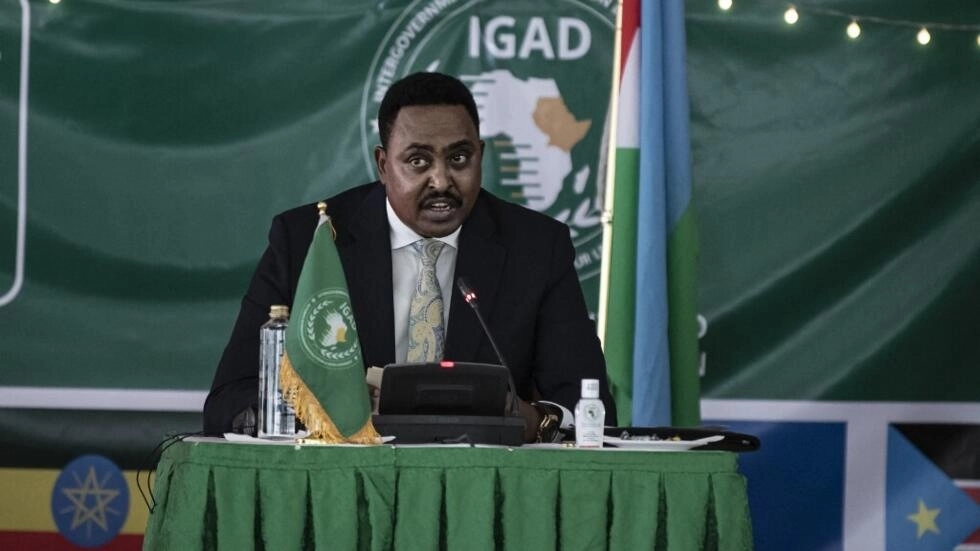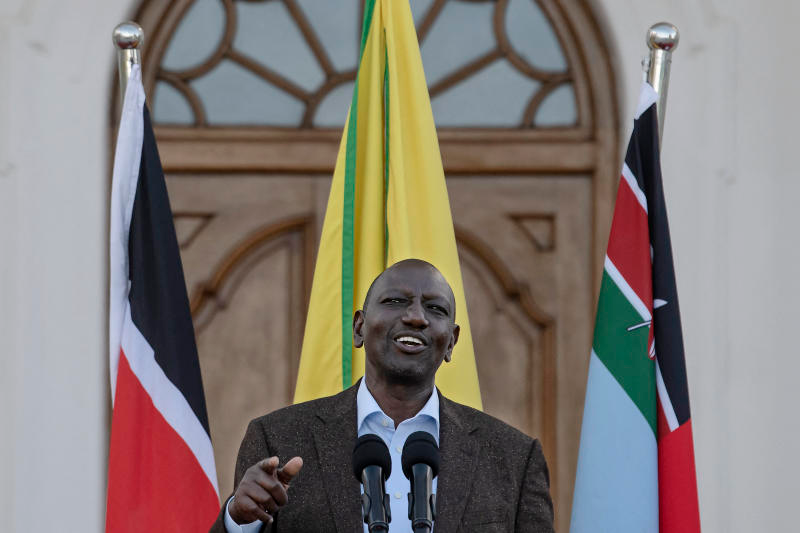‘The youth will fight’: why children have joined Senegal protests
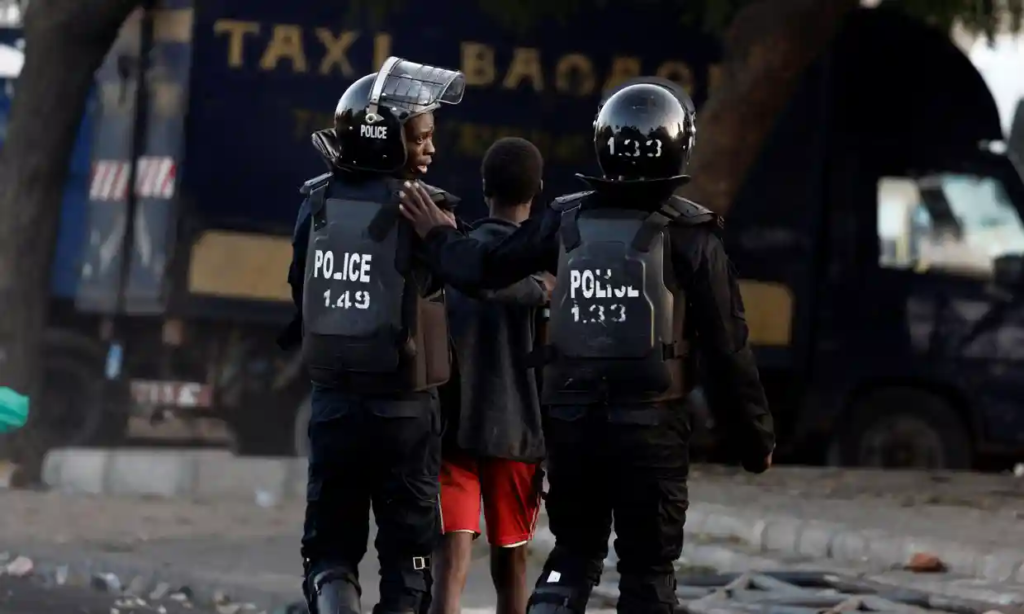
Frustrations have grown over high youth unemployment and accusations of systemic corruption
This month Youssouf, a Senegalese law student, spent the day hurling stones at gendarmes and dodging plumes of teargas instead of attending class.

